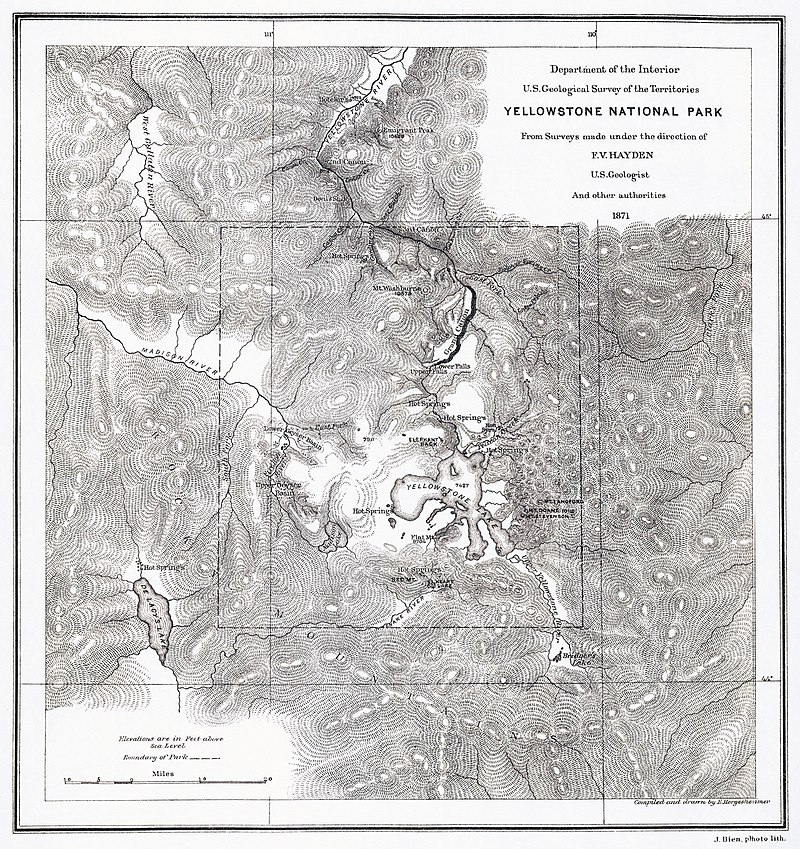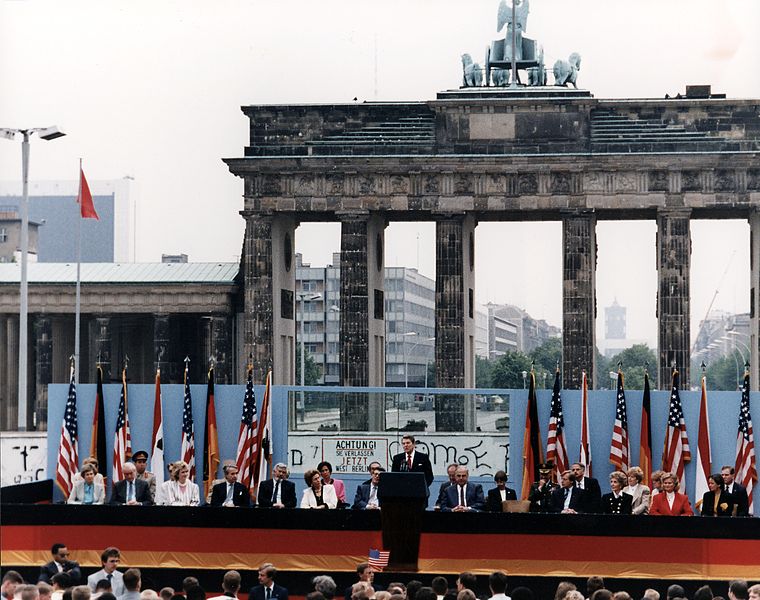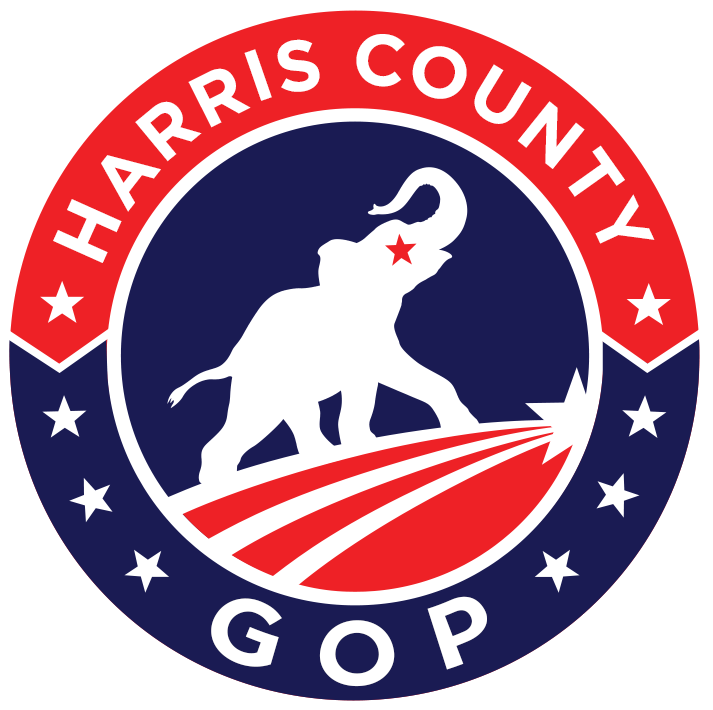Precinct Chair Duties
General Expectations
• Help promote and grow the local county party.
• Work to elect Republican candidates to office.
• Your #1 goal is to maximize the Republican vote in your precinct .
Selection Process
• Elected for a two year term in the Republican Primary by filing with the County Chair to
be on the ballot.
• If the election has passed and the position is or becomes vacant the County Executive Committee (CEC) may appoint someone to fill the position
Duties within your Precinct
• Identify, register, inform and turnout voters.
• Get to know Republicans in your precinct.
• Organize voters in your precinct and provide opportunities to become more involved .
Duties within the County Party
•Participate in County Executive Committee Meetings.
•Serve as an Officer, Committee Chair or Committee Member.
• Recruit Precinct Chairs & Volunteers.
•Help work precincts without Precinct Chairs .
• Assist your County Chair as needed.
Duties within Local Elections
• Place signs at polling locations the night prior to the election.
• Serve as or recruit voters as an Election Judge or Election Clerk .
Duties within the Convention Process
• Conduct the Precinct Convention as the Temporary Chair and ensure that all precinct
convention paperwork is returned to the County Chair.
• Assist the County Chair as needed to hold the County or Senate District Convention.<b
.
Grand new party.
The name “Republican” was chosen, alluding to Thomas Jefferson’s Democratic-Republican Party and conveying a commitment to the inalienable rights of life, liberty, and the pursuit of happiness.
The Party was formally organized in July 1854 by thousands of anti-slavery activists at a convention in Jackson, Michigan. And it was no accident that two years later, in 1856, the first Republican National Convention took place in Philadelphia, where the Constitution was written.
Party of Freedom.
Though popularized in a Thomas Nast cartoon, the GOP’s elephant symbol originated during the 1860 campaign, as a symbol of Republican strength. Republicans envisioned “free soil, free speech, free labor.” Under the leadership of President Abraham Lincoln, the GOP became the Party of the Union as well.
Party Of Prosperity.
President Dwight Eisenhower and congressional Republicans appreciated the fact that the private sector, not government, is the engine of wealth creation. With his bold tax-cutting agenda, President Ronald Reagan revived the economy after years of Democrat malaise.

Party Of Vision
Party Of Strength


